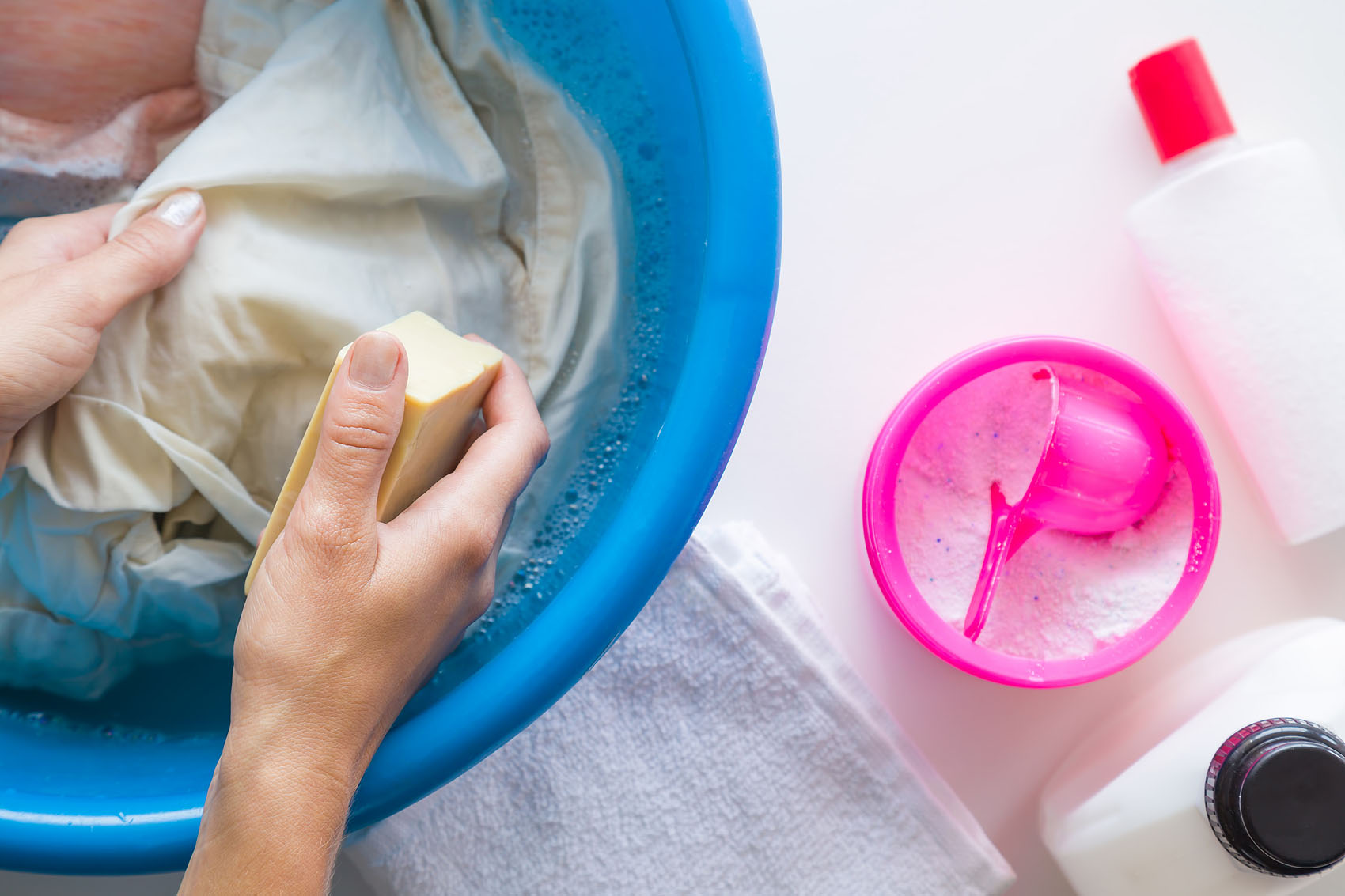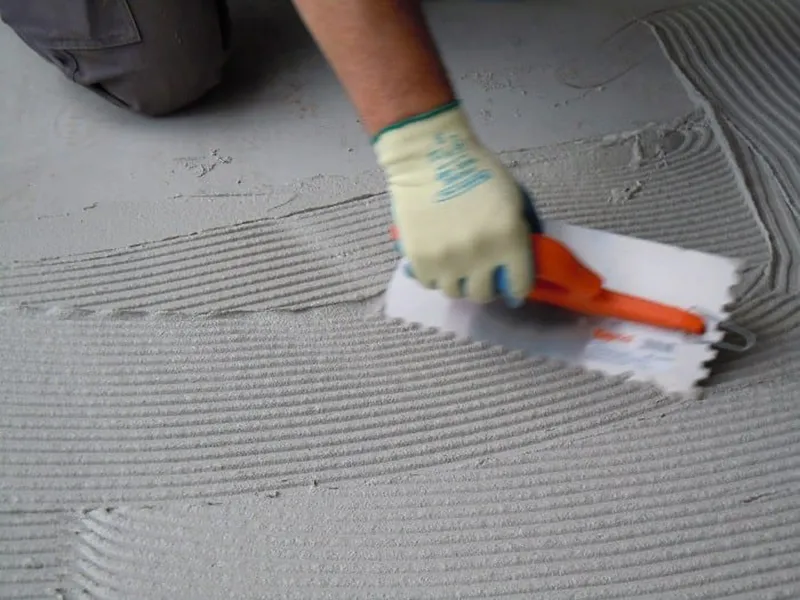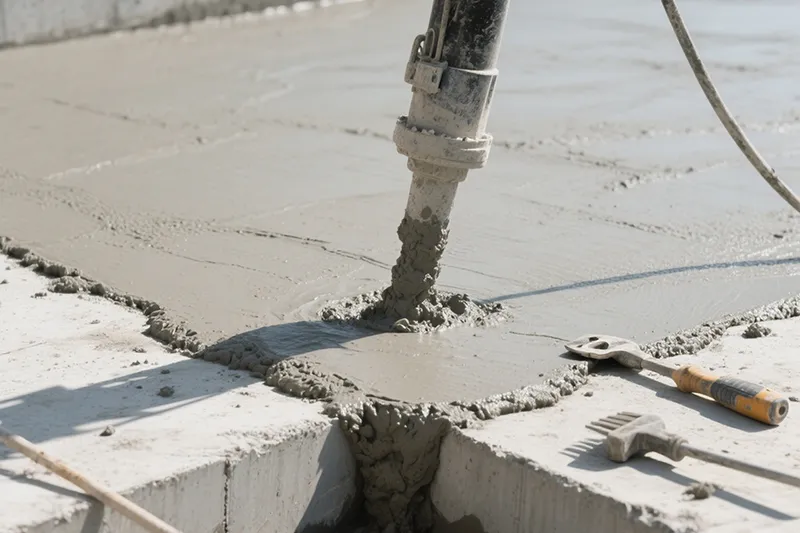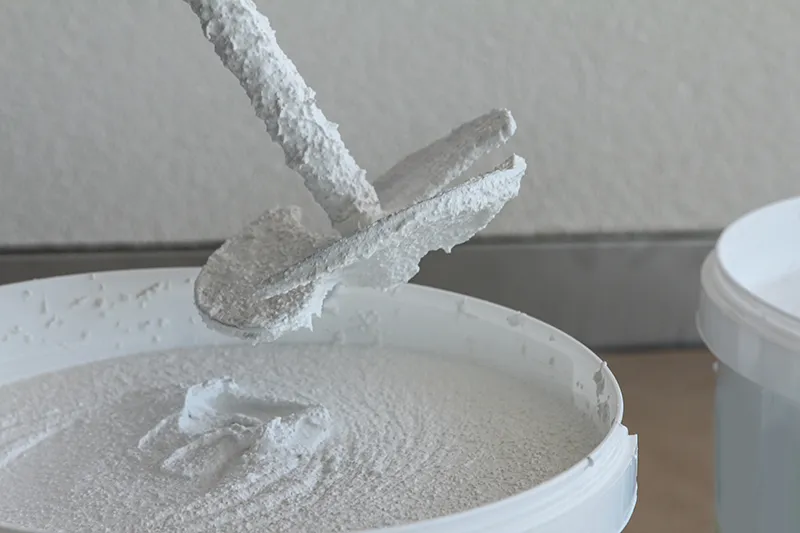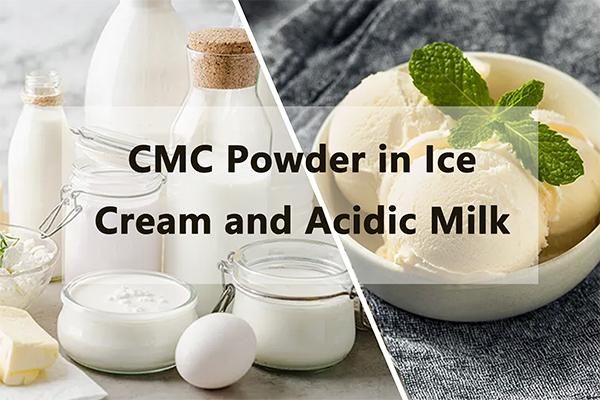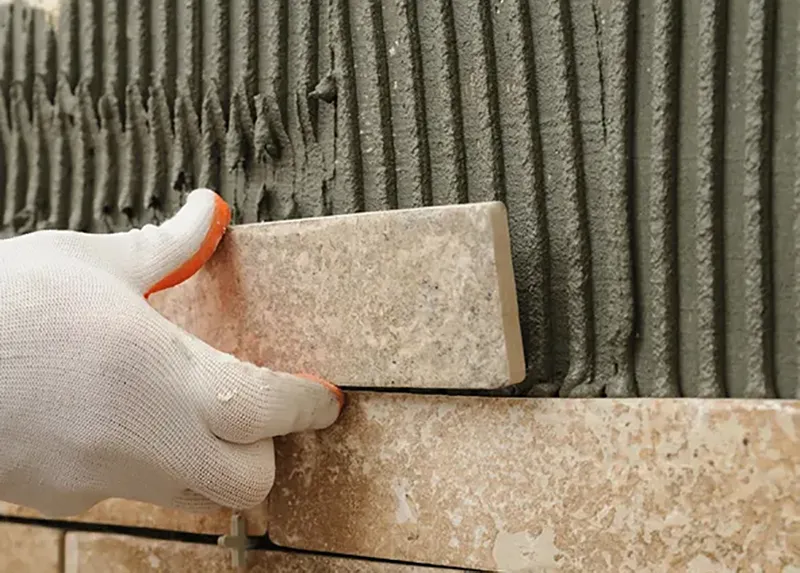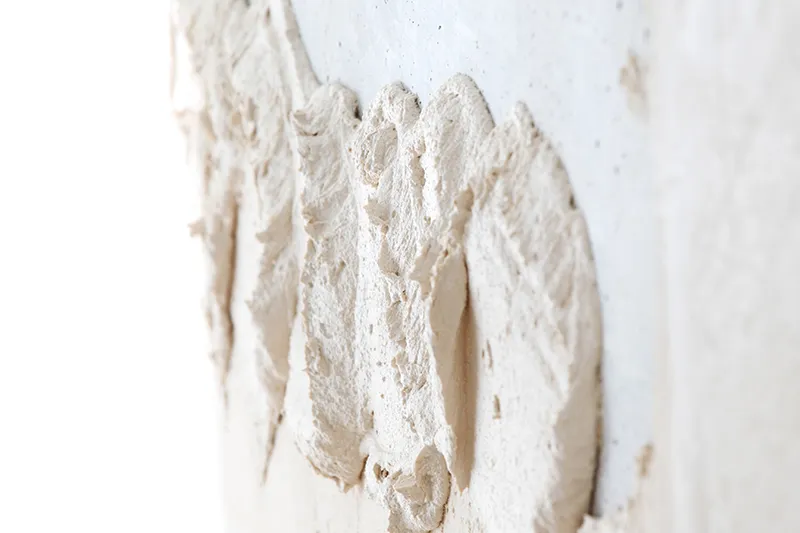
Table of Contents
I.Introduction to Gypsum Retarder Chemical
Retarders play a crucial role in modern gypsum formulations. They not only improve workability but also help reduce waste and ensure better performance during application, especially in hot climates or large-scale projects.
II.Types of Gypsum Retarder: Which One Do You Need?
There are various types of retarders for gypsum plaster on the market, each with its own characteristics:
Citric acid-based retarders: Common but may lead to unstable setting in some formulas.
Protein-based retarders: Natural but sensitive to microbial growth.
Synthetic polymer retarders: Often used in advanced formulations, but can be costly.
Our Recommendation: Amino Acid-Based Gypsum Retarder
At TENESSY, we specialize in amino acid-based gypsum retarder chemicals. This type of plaster retarder is:
Eco-friendly – biodegradable and safe for indoor applications.
Highly effective at low dosages (typically 0.03% – 0.3%).
Consistent and stable, compatible with various gypsum types and additives.
It’s a smart choice for anyone who needs a reliable retarder in gypsum without the drawbacks of traditional options.
III.How to Use Gypsum Retarder Chemical Properly?
Using a gypsum retarder might sound simple – but to get the best results, you need to follow the right steps.

When to Add:
The gypsum retarder should be added during the dry mixing phase if you’re producing dry-mix mortar. For on – site mixing, it can be added to the water or dry powders – just make sure it’s evenly dispersed.
Recommended Dosage:
Most amino acid-based gypsum retarders work efficiently at 0.03% – 0.3% of the total gypsum weight. Start small, then test and adjust based on your setting time needs.
Mixing Tips:
Ensure uniform mixing to prevent clumps or uneven setting.
Always test your mix before large – scale application.
Be mindful of the water – to – gypsum ratio – it also affects setting time.
The beauty of a good gypsum retarder is that it gives you more flexibility on site – so you can focus on quality rather than racing against time.
IV.Standard Gypsum Plaster Formulation with Retarder
Wondering how to build a solid gypsum plaster formula using a retarder? Here’s a commonly used structure:
Typical Formula:
| Raw Material | Weight (kg) |
| Desulfurization Gypsum | 750 |
| Heavy Calcium Powder (can be used with 300 mesh stone powder) | 150 |
| Vitrified Microspheres | 50 |
| Cellulose Ether HPMC | 1.5-2.5 |
| Hydroxypropyl Starch Ether | 0.5-1 |
| Gypsum Retarder | 1-1.5 |
| Water Addition: 1:2 | |
Application Variants:
Hand – applied plaster: Use moderate retarder dosage for better workability.
Spray – applied plaster: You might need to adjust the dosage slightly for faster applications.
Repair mortars or patching plasters: Lower dosage can be enough due to smaller coverage areas.
This structure ensures your plaster has enough open time while maintaining excellent adhesion, smoothness, and strength.
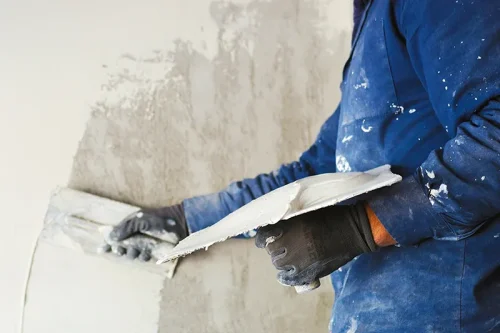
V.Tips for Beginners: Common Mistakes to Avoid
If you’re new to using retarders in gypsum, there are a few things to watch out for:
Overdosing the retarder can prevent the gypsum from setting at all.
Improper mixing may cause uneven setting – some parts may harden too fast, others not at all.
Compatibility issues: Not all retarders work well with all types of gypsum or additives – always conduct a small batch test first.
Ignoring climate: In hot or dry regions, higher dosages might be needed to keep your mix workable.
A little care and testing go a long way in getting the most out of your gypsum plaster retarder.
VI.How to Choose a Reliable Gypsum Retarder Suppliers?
To ensure performance, always choose a supplier that offers:
Consistent product quality.
Technical support for formulations and adjustments.
Customized solutions based on your gypsum source or climate.
TENESSY is not just a gypsum retarder manufacturer – we’re a trusted gypsum retarder exporter working with global partners. We support both large-scale factories and growing construction chemical distributors.
VII.Conclusion
Understanding how to use gypsum retarder chemical is key to achieving the best performance in your products. From improved setting time control to enhanced surface quality, the right retarder chemical makes a big difference.





